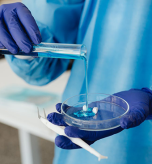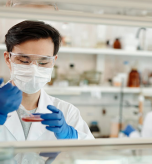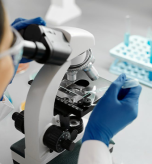Rare genetic diseases affect millions worldwide, yet many lack effective treatments. Biotechnology is stepping up, offering new hope through gene therapy, biopharmaceuticals, and innovative diagnostic tools.
Understanding Rare Genetic Diseases
These conditions are caused by mutations in a single gene (monogenic disorders) or multiple genes (polygenic disorders). Examples include:
-
Duchenne Muscular Dystrophy (DMD) – A severe muscle-wasting disease.
-
Gaucher Disease – A metabolic disorder caused by enzyme deficiencies.
-
Huntington’s Disease – A neurodegenerative disorder affecting movement and cognition.
How Biotechnology is Making a Difference
-
Gene Therapy: Targeted therapies like Luxturna offer permanent solutions by correcting defective genes.
-
RNA-based Therapies: Antisense oligonucleotides (ASOs) are being used to modify gene expression in diseases like spinal muscular atrophy.
-
Personalized Medicine: Genetic screening allows for earlier diagnosis and treatment planning.
Challenges in Treating Rare Diseases
High development costs, regulatory complexities, and limited patient populations make rare disease treatments challenging. However, biotechnology is helping streamline research and reduce costs.
Looking Forward
Advancements in CRISPR and gene editing hold the potential to cure many rare diseases. Increasing investment in rare disease research will bring new hope to patients worldwide.




